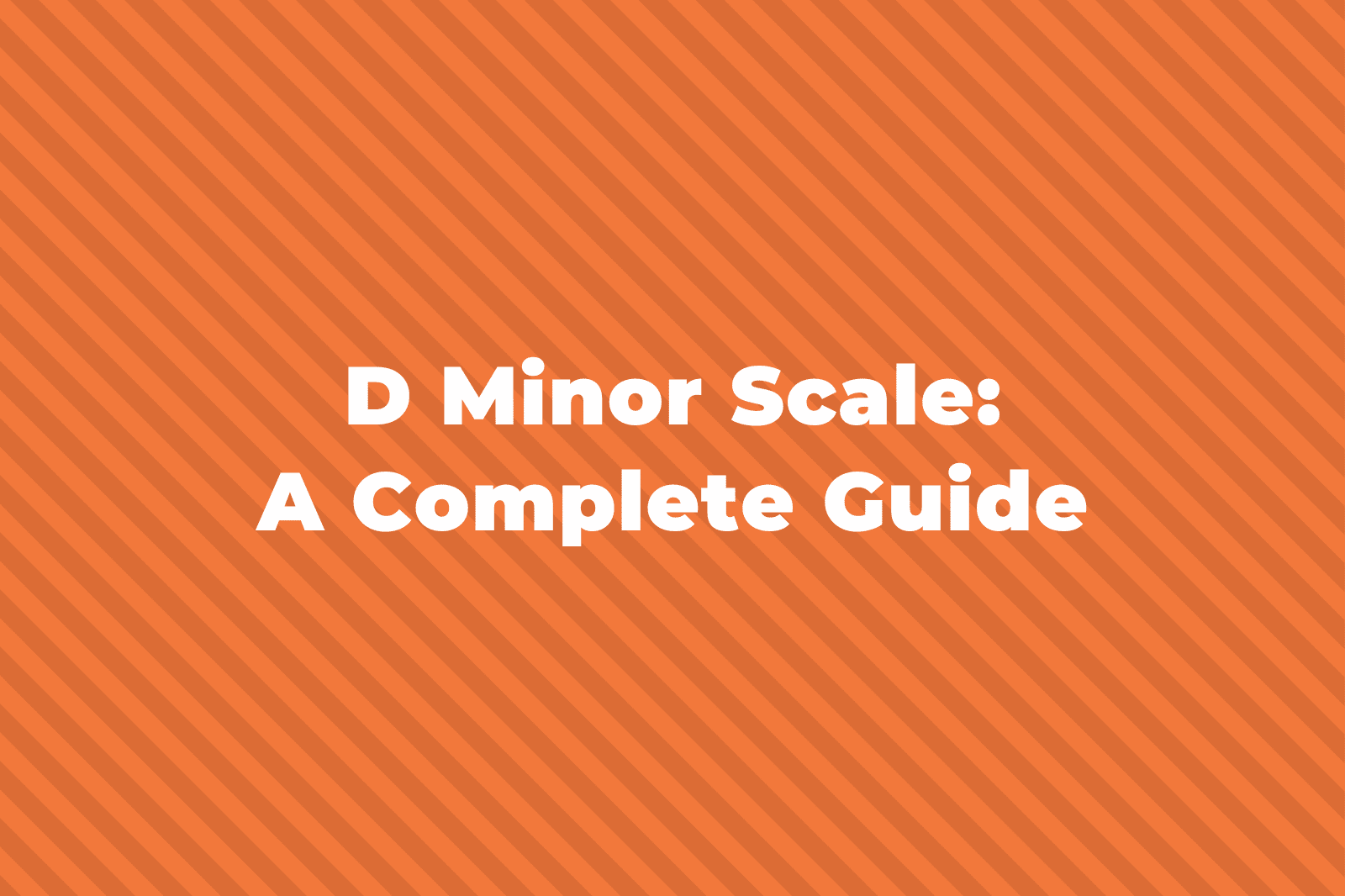Transposing music from one key to another is a vitally important skill to learn. It’s used all the time by professional musicians and In this post, we’ll cover what it is and how to transpose music into different keys.
What is Music Transposition?
Before we talk about how to transpose music, let’s first cover what it means to transpose music.
Transposition is simply taking a melody, chord sequence, or whole piece of music and changing the pitch of the notes while keeping the relative intervals between them the same.
The rhythm and the intervals between all the notes remain the same but its pitch will either be higher or lower depending on how we’ve transposed it.
To illustrate this better, here is the melody of Twinkle Twinkle Little Star in the key of C major.

But, if we were to transpose the melody up a major 2nd, it’s still Twinkle Twinkle Little Star, but now it’s in the key of D major.

The melody has been transposed up a major 2nd.
It still sounds the same, but the notes are all at a different pitch.
Why Transpose Music?
There are a number of different reasons why we might want or need to transpose music.
However, the two main reasons are to make it easier to read and play. Let’s take a look at some examples.
1. Make Music Easier to Read
One reason that we need to transpose music is to make it easier for the musician to read.
For example, the double bass reads music at one pitch, but the notes that sound are actually an octave lower.
This is to make the music easier to read, as if they didn’t transpose the notes down an octave, they would be reading notes with a lot of ledger lines, which can be pretty difficult!


Which would you rather try to read?
2. Make Music Easier to Play
Another reason we might need to transpose music is to do with how different instruments are made and their ranges.
Some instruments are a lot easier to play in certain keys than others, so they might transpose it into an easier key to play.
Or perhaps a singer wants to sing a song, but it’s written too high for their vocal range.
In this case, they can transpose it down an interval to a pitch that suits their voice more comfortably.
How to Transpose a Piece of Music
There are multiple different ways to transpose a piece of music.
You can transpose it up or down any given interval.
But, the most common intervals that you’ll need to transpose for music theory are:
- Up or down an octave
- Up or down a major 2nd
- Up or down a minor 3rd
- Up or down a perfect 5th
These are the most common due to the transposing instruments that read music this way.
When it comes to transposing up or down these intervals, there are three steps:
- Work out the new key and key signature
- Write all the notes up or down the specified interval
- Check the accidentals
To explain, I’ll be using the melody below, which is in G major, and we’ll transpose it down a minor 3rd.

1. Transpose the Key Signature
Step 1 is to transpose the key signature from G major down a minor 3rd so we need to work out what the new key would be in and its key signature.
To do this, we have to go down an interval of a minor 3rd from G.
This brings us to E, which means that the new key will be E major, which has four sharps in its key signature.
Now, we can write the new key signature in along with the time signature and bar lines, as they won’t change.

2. Transpose the Notes
Step 2 is to transpose all the notes down an interval of a 3rd.
We don’t need to worry about the accidentals yet as that will come in step 3.
To move them down a 3rd, we take each note and count back three-letter notes.
For example, the first note is G, so we count back three-letter notes, G – F – E.
This means the first note is now going to be an E.
The second note is a D, but again, we just count back three-letter notes: D, C, and B.
This means the second note will be an F.
We then go through the entire melody, moving every note up three-letter names until we’ve finished.

Side note: If we wanted to transpose up a 5th, we count up five letter notes, transpose up a 6th, then six letter notes, etc. It also works in reverse, if you want to transpose down a 4th then count back four letter notes, down a 5th, then count back five letter notes etc.
3. Check the Accidentals
The third and final thing is to check the accidentals.
It’s a little more complicated than previous steps but involves three things:
- Look at what the note started out as in the original key signature
- What has been done to it by adding the accidental
- Do the same to the note in the transposed version
This will make more sense with an example.
The first accidental in this piece is the F natural in bar two.
We have to ask what that note started out as in the key signature and then what we have done to it by adding an accidental.
If we look at the original piece, the F natural was originally an F# (as there is an F# in the key signature.
But now it’s an F natural, and so it has been lowered by a half step.
We, therefore, need to lower this note in the new key by ahalf step while keeping it the same letter name.
At the moment it’s a D natural.
But we have to lower it by ahalf step.
This means that it’s going to be a Db.

Let’s look at the next accidental which in the original key is the Bb, the first note in bar three.
We ask the same question: what did this note start as before it had an accident, and what has happened to it now?
In the original key, there is nothing in the key signature for B, so this note has been lowered by ahalf step from B natural to Bb.
We have to do the same and lower this note by ahalf step in the new key.
At the moment, it’s a G natural, but we need to lower this note by one-half step while keeping it the same letter name.
This means it will go from G# to G natural.

This is why you need to check each accident individually. They won’t always be the same.
Lastly, we have the 3rd accidental, which is the Eb on beat three of bar three in the original key.
This note started out as an E natural (as there is nothing on E in the key signature) and has been lowered by onehalf step to Eb.
We then need to do the same to that note in the new key.
At the moment, this note is a C# as E major has C# in its key signature.
To lower this note by ahalf step, we need to make it a C natural.

Now we’ve transposed this piece down a minor third from G major to E major.
Summing Up Transposition
Transposing is a very important and practical thing to learn how to do.
It’s very useful when composing and arranging music and will come up a lot in music theory exams. If you have any questions that I haven’t covered here, let us know.



